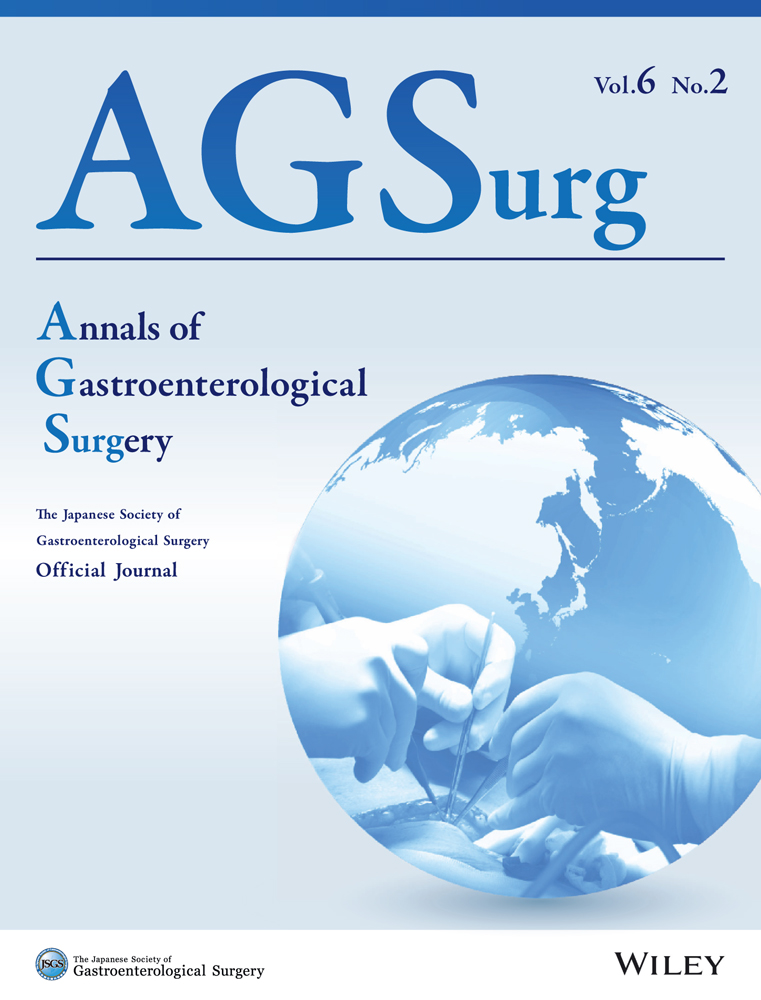Paradigm shift in gastroenterological surgery by meta-analysis: Navigation surgery and telesurgery
The National Clinical Database has greatly contributed to the progress of surgery in Japan. The selection of surgical methods by analysis of the prognosis of many diseases and meta-analysis is highly regarded in the world.1, 2 The National Clinical Database also plays a very important role in validating various guidelines.
This issue of the Annual Report of Gastroenterological Surgery contains the results of analyzing the metadata. In the future, the results of excellent meta-analysis of all Japan will be useful for the development of medical care in the world.
One of the recent topics in gastroenterological surgery is navigation surgery using 3D images. Surgery has become safer with the technology to create 3D images. Also, in gastroenterological surgery navigation using various technologies is being developed. Navigation is useful for education and is very useful for qualitative diagnosis, understanding of preoperative anatomy, and reduction of intraoperative complications. Currently, most laparoscopic surgery is shifting to robot-assisted surgery. In addition, many surgical support robots are being developed all over the world. Also, in the future remote surgery robot systems will be able to change traditional medical modes and provide remote surgery treatments anywhere in the world.3, 4 The safety of remote surgery robots plays an important role in the success of remote surgery. The emergencies that occur in robotic surgery are more complex than those that occur in open surgery or regular laparoscopic surgery. Depending on the type of emergency, the surgeon may decide to change the surgical approach or another solution, but telerobotic surgery may require additional equipment and supplies, which is very difficult. In addition, network delays and the invasiveness of surgical procedures remain a challenge. On the other hand, artificial intelligence has become widely applied in medicine. In particular, deep learning is excellent in image pattern recognition, and it has become possible to automatically learn the characteristics of images and identify the boundaries of organs with extremely high accuracy. One way to make remote surgery safer is to use computer vision in deep learning to mitigate the effects of delays.
Remote surgery robots will have a major impact on the development and popularization of future telemedicine. Teleoperation, communications, and telepresence systems for remote surgery robots require multifield technological development to meet a variety of requirements. Remote surgery robots are widely used in many clinical departments and still require more advanced medical, communication, and development techniques to meet a variety of challenges.
In conclusion, we strongly hope that remote results of robot-assisted surgery, including telesurgery, will be verified from a global meta-analysis, including the National Clinical Database, and that safe guidelines will be developed.
DISCLOSURE
Conflict of Interest: The authors declare no conflicts of interest for this article.




